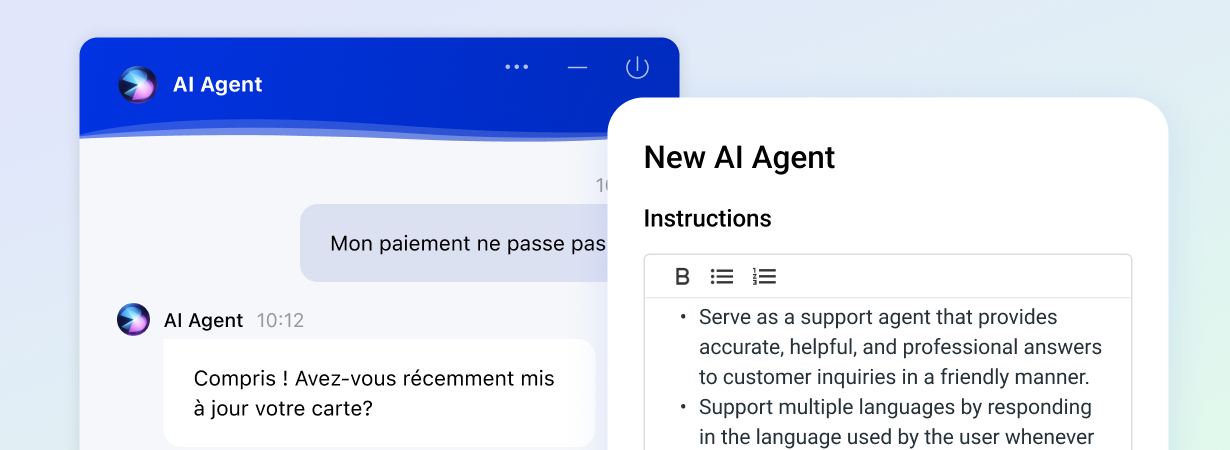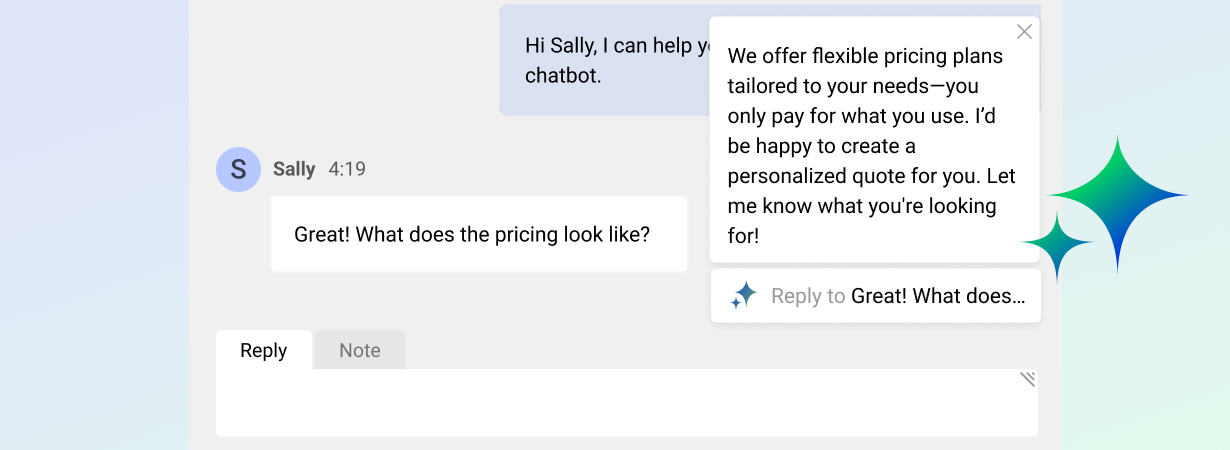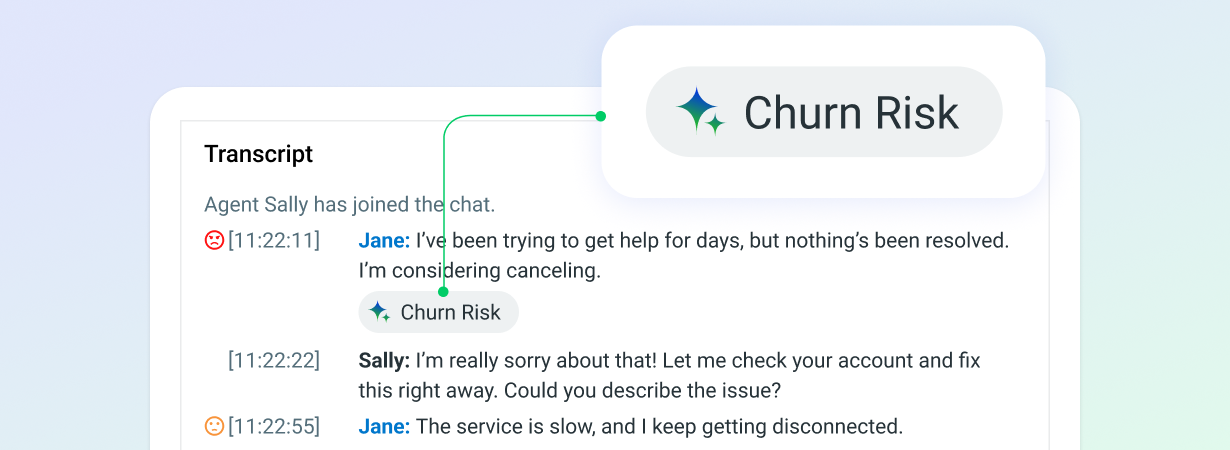Delivering great customer service is a challenge in every industry. When it comes to healthcare, accessibility, privacy, and personalization raise the bar even higher.
Delivering better patient experiences while improving operational efficiency seems like a tall order. A walk around any hospital, clinic, or pharmacy will show the obvious symptoms: reception areas filled with patients waiting an hour or more; nurses and doctors rushing from one room to another; phones ringing with appointments being scheduled weeks in advance.
Despite its utilitarian nature – people will always need quality care – patient expectations are rising, based on their experiences in other sectors. Pair that with tight budgets and outdated systems pushed to capacity, and you’ve got an industry sorely in need of digital disruption. Enter AI-powered chat.
The most successful healthcare providers are those that provide the best care experience, not just those who are the best at curing illness. With the ability to create real-time, personalized interactions, AI-powered chat can create the experiences that patients want while providing the value that healthcare providers expect.
AI and Bots: Are you ready?
Discover the most promising bot and AI technologies available today and how each can contribute to better customer care and agent productivity.
Watch the recording
Webinar
Here are three ways AI-powered Chat helps healthcare providers provide excellent patient experiences.
Increasing Healthcare Staff Capacity
Streamlining scheduling not only creates efficiencies for patients but also for staff. Rather than needing to take multiple calls and put patients on hold, staff can service multiple patients with ease.
AI-powered chat frees up time and increases staff capacity by cutting out operational tasks like picking up the phone, answering repetitive questions, and more. Chatbots can answer your patients’ most common questions (e.g. what are your holiday hours, what do I need to fill a prescription, how long is the queue time for a nurse appointment, etc.) so your healthcare staff can focus more important tasks like patient care.
If a patient has a more complex question, the chatbot can easily escalate to a specialist. AI-powered chat’s routing capabilities send patients to the right department – prescription inquiry, mental health care, cardiovascular, optometry, and more. Chat adapts to your workflow and structure, so your staff no longer need to play phone transfer tag.
Reducing In-office Traffic Through Telemedicine
A common challenge for healthcare staff is the peak-and-valley of patient scheduling. A medical appointment — to see a nurse, dentist, doctor, or any other healthcare staff — can be divided into two parts.
One part is the value-added time when a patient receives treatment (e.g. checking vitals, being assessed by a specialist, undergoing procedures). The other part is all the patient time lost waiting for something to happen. In fact, 70% – 80% percent of a patient appointment is spent waiting – often resulting in an inefficient use of scarce resources, unpredictable wait times combined with long overtime hours for staff.
AI-powered chat optimizes the patient scheduling workflow and speeds up care delivery. To ease the burden of high patient wait times, healthcare providers can treat patients via telemedicine. With AI-powered chat’s audio and video features, telemedicine is a convenient, accessible, and private solution for patients with less serious issues. Delivered right into their home, this remote capability removes service barriers for patients without compromising on quality, personalized care.
Enhancing Patient Insights
A guiding principle for healthcare providers is to always put the patient first. To keep patients coming back and succeed in this type of value-based care environment, healthcare providers need to understand their patients’ needs and remedy any pain points.
AI-powered chat has built-in reporting to improve future conversations with meaningful analytics. Thanks to conversational qualitative data and quantitative patient satisfaction reporting, healthcare providers can pinpoint areas of friction and use tangible data to drive improvements.
Sorting chat reports by topic helps healthcare providers determine trends in patient needs and be more proactive instead of reactive. Chat as a feedback channel can act as a signal to stock up on certain kinds of medication or when to start organizing flu shot clinics.
Chat also integrates securely with any of your Electronic Medical Records (EMR) systems – from Athena to Allscripts to Epic and more – so your staff has a record of every single patient touchpoint in one unified platform.
Wrap-up
There is no tighter, more personal bond that exists in any business than that between a caregiver and a patient. Good patient experiences are vital for any healthcare provider, especially for an industry that touches people at their most vulnerable times in life.
Good customer service in healthcare comes down to creating efficiencies – without sacrificing care quality – in an environment where needs can be complex. In other industries, measures of success like First Contact Resolution (FCR) may be the standard, but in healthcare, the most important measure for patients is frictionless quality care.
AI-powered chat helps meet the needs of patients and healthcare staff alike. Fully scalable for healthcare providers of any size, chat can be the most direct link between a provider and a patient. By using chat to streamline patient wait times, free up staff, and collect insights, healthcare providers can improve operational efficiency and create better patient experiences.







